Peruvian Beef Stew: A Spicy Journey Through Flavors, Traditions, and Tips
Table of Contents
- Introduction to Peruvian Beef Stew
- The Role of Spices in Peruvian Cuisine
- Breaking Down the Signature Flavors of Peruvian Beef Stew
- Cook Like a Local: Practical Tips for Perfecting Your Stew
- Spice Comparison Table: Essential Ingredients for Authenticity
- Buying Guide: Best Ingredients & Tools for Cooking Peruvian Beef Stew
- Global Spice Traditions & Peruvian Influence
- Conclusion
Introduction to Peruvian Beef Stew
When it comes to bold flavors and cultural richness, few dishes compare to the hearty embrace of Peruvian beef stew. Known locally as carne de res estofado, this dish brings together tender cuts of beef, vibrant vegetables, and an aromatic blend of spices that reflect Peru’s diverse culinary heritage. Whether served on a rainy afternoon or during festive celebrations, this stew is more than just a meal — it’s a story told through flavor.
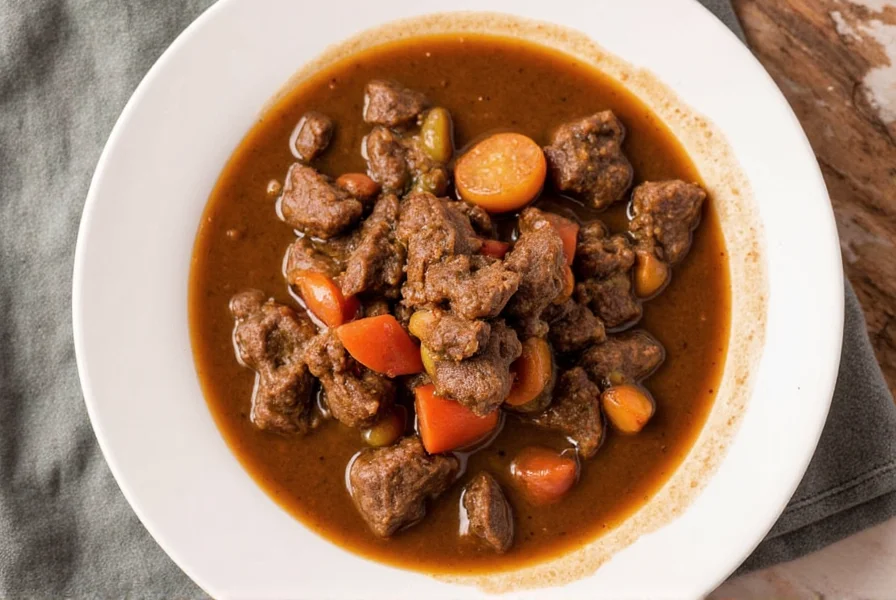
The Role of Spices in Peruvian Cuisine
Peru is often hailed as one of the world's top food destinations, and much of that acclaim stems from its masterful use of spices. From native ají peppers to European-introduced herbs like oregano and parsley, Peruvian cuisine is a melting pot of flavors shaped by indigenous, Spanish, African, and Asian influences.
In Peruvian beef stew, spices do more than add heat — they create layers of aroma and complexity that elevate the humble beef into something extraordinary. Let’s dive deeper into the key ingredients that define this dish:
- Ají amarillo – The star chili paste, known for its fruity heat and vibrant color.
- Cumin – Adds earthiness and depth, reminiscent of Andean cooking traditions.
- Oregano – Typically dried, giving the stew a warm Mediterranean undertone.
- Garlic and onion – The base for most Peruvian stews, providing sweetness and umami.
Breaking Down the Signature Flavors of Peruvian Beef Stew
The beauty of Peruvian beef stew lies in how it balances contrasting elements — heat from the ají, sweetness from root vegetables, and richness from slow-cooked meat. Here’s a quick breakdown of the core flavor components:
| Flavor Profile | Description | Key Ingredient(s) |
|---|---|---|
| Heat | Moderate spiciness with a fruity undertone | Ají amarillo paste |
| Umami | Richness from browned beef and caramelized onions | Beef chuck, yellow onions |
| Sweetness | Natural sugars from carrots and yellow potatoes | Carrots, Papa Amarilla (yellow potatoes) |
| Aroma | Fragrant herbs and toasted spices | Oregano, cumin, garlic |
Cook Like a Local: Practical Tips for Perfecting Your Stew
Whether you're a seasoned chef or a curious home cook, here are some tips to bring out the best in your Peruvian beef stew:
- Brown the meat properly: Don’t skip this step! Browning enhances flavor through the Maillard reaction.
- Toast the spices: A short toast in oil unlocks the full aroma of cumin and oregano.
- Use broth instead of water: Beef stock adds depth and richness that water can't match.
- Add vinegar at the end: Just a splash brightens up the entire dish.
- Let it rest: Allowing the stew to sit overnight lets the flavors meld beautifully.
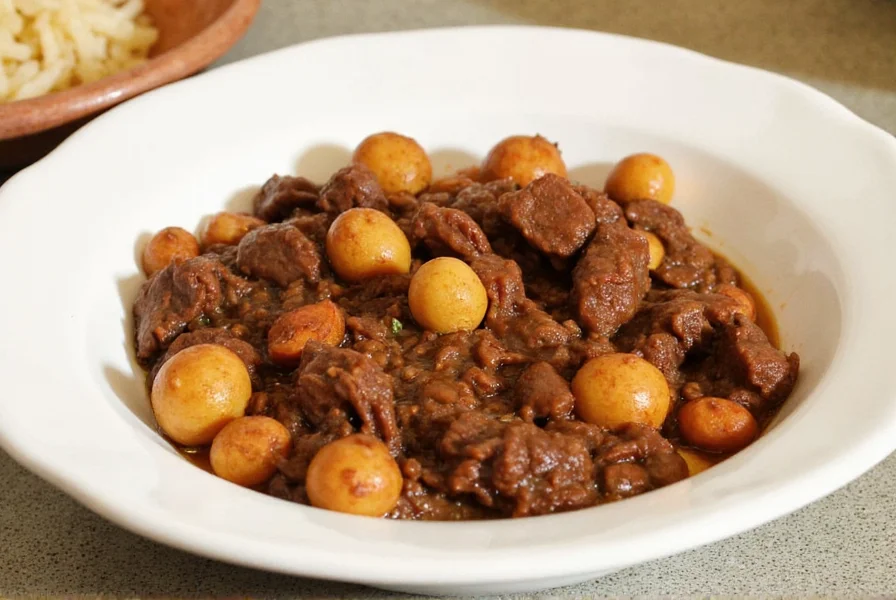
Spice Comparison Table: Essential Ingredients for Authenticity
Choosing the right spice mix is crucial to recreating the authentic taste of Peruvian beef stew. Below is a comparison of essential spices used in traditional recipes:
| Spice | Flavor Profile | Best Substitute | Where to Buy |
|---|---|---|---|
| Ají amarillo paste | Fruity, spicy, floral | Yellow curry paste or crushed red pepper flakes | Latin markets, specialty spice shops |
| Cumin | Earthy, smoky | Paprika + pinch of coriander | Supermarkets, spice stores |
| Dried oregano | Herbal, woodsy | Thyme or marjoram | Local grocery stores, online retailers |
| Garlic powder | Pungent, savory | Fresh minced garlic | Everywhere |
Buying Guide: Best Ingredients & Tools for Cooking Peruvian Beef Stew
To truly nail the authenticity of Peruvian beef stew, investing in quality ingredients and tools is essential. Here’s a curated buying guide for both professionals and passionate home cooks:
Meat Selection
- Recommended Cut: Beef chuck or brisket
- Why It Works: Marbled cuts become tender when slow-cooked.
- Where to Buy: Butcher shops or high-quality grocery stores
Vegetables & Herbs
- Yellow potatoes (Papa Amarilla): Unique texture and buttery flavor; great alternative if not available: Yukon Gold
- Onion and Garlic: Caramelized slowly for sweetness
- Parsley: Fresh garnish that brightens the dish
Cookware Recommendations
| Tool | Features | Use Case | Audience | Occasion |
|---|---|---|---|---|
| Cast iron Dutch oven | Retains heat well, perfect for searing and simmering | Browning meat and slow cooking | Home cooks & chefs | Weeknight dinners, family meals |
| Immersion blender | Blends sauces directly in the pot | Making smooth ají sauce | Advanced home cooks | Meal prep, parties |
| Microplane grater | Fine grater for citrus zest or garlic | Adding finishing notes | Detail-oriented cooks | Gourmet touches |
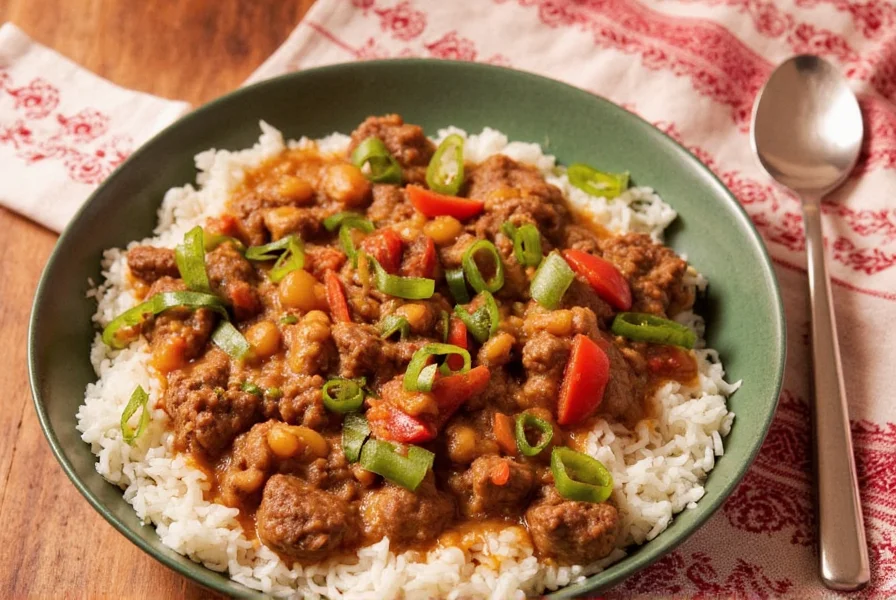
Global Spice Traditions & Peruvian Influence
What makes Peruvian beef stew a global standout isn't just its flavor profile but its reflection of spice migration across continents. From the ancient Incas who revered chili peppers to the Spanish colonizers who introduced garlic and oregano, the stew is a living testament to cultural fusion.
Today, Peruvian flavors have found their way into modern kitchens worldwide. Restaurants in New York, London, and Tokyo now feature ají-infused dishes, proving that the magic of Peruvian beef stew transcends borders.
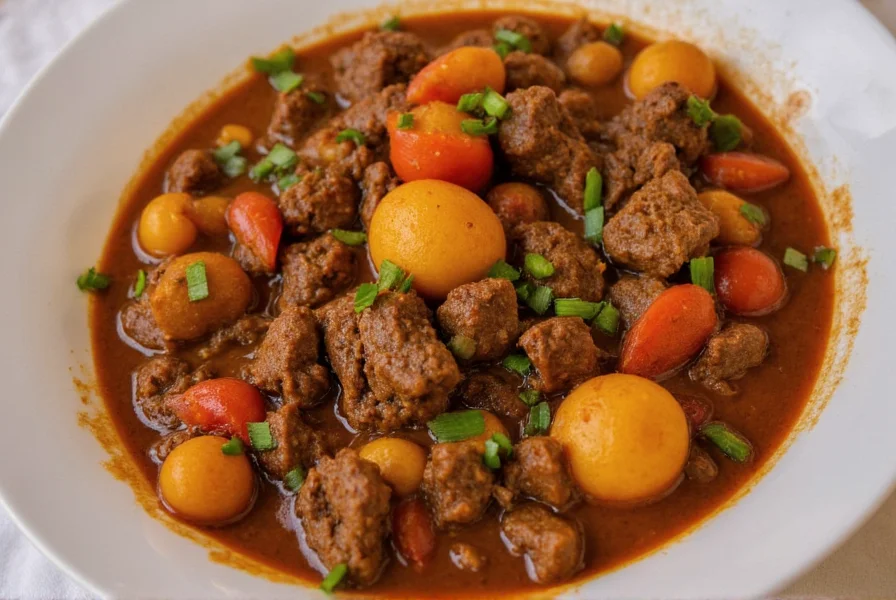
Conclusion
Whether you're savoring it in a Lima home kitchen or recreating it on your own stove, Peruvian beef stew is a dish that tells a story — of people, history, and the power of spices. With the right ingredients, tools, and a bit of heart, anyone can enjoy this richly layered stew that embodies the spirit of Peruvian hospitality.
So next time you’re craving comfort food with a kick, reach for those ají pastes and cumin seeds. Your taste buds will thank you — and so will your soul.


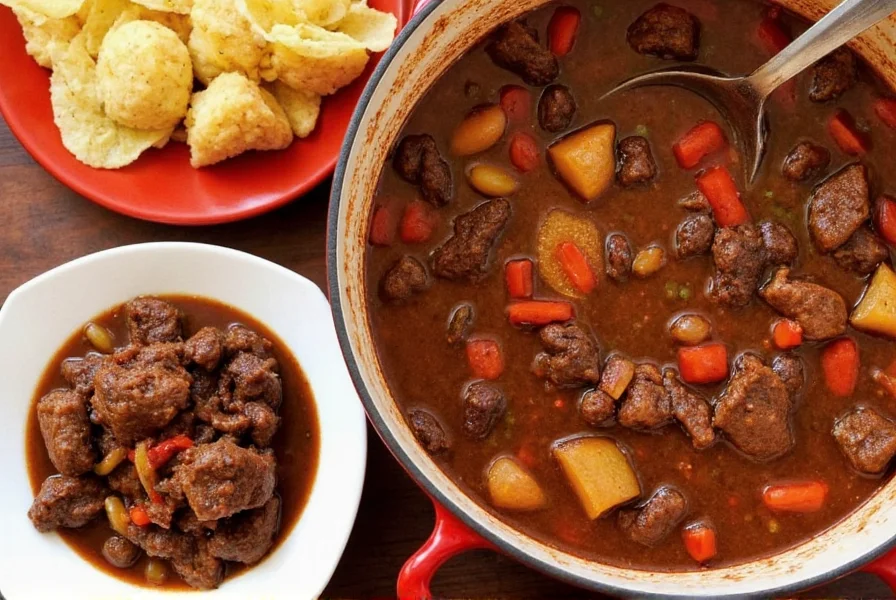









 浙公网安备
33010002000092号
浙公网安备
33010002000092号 浙B2-20120091-4
浙B2-20120091-4